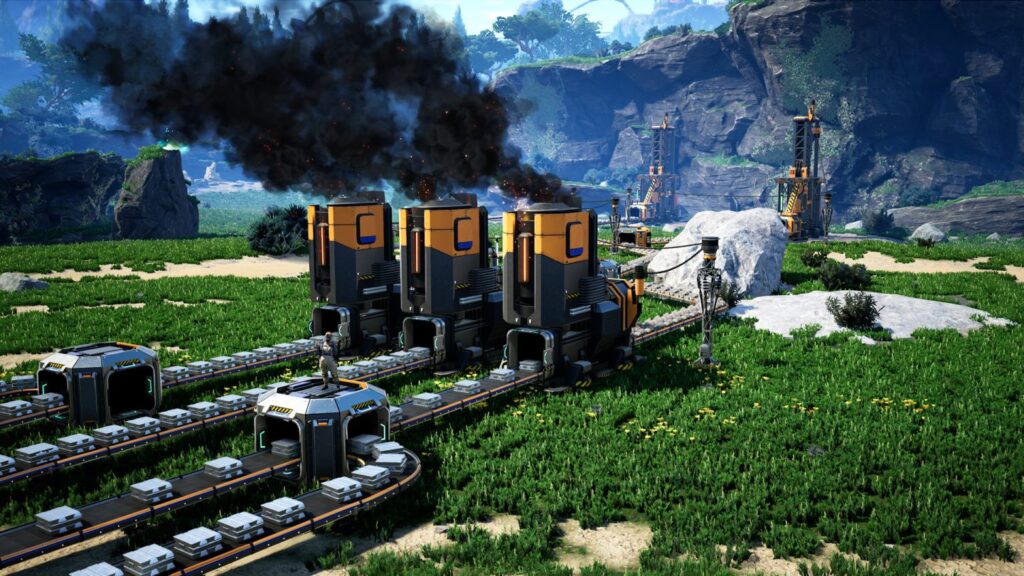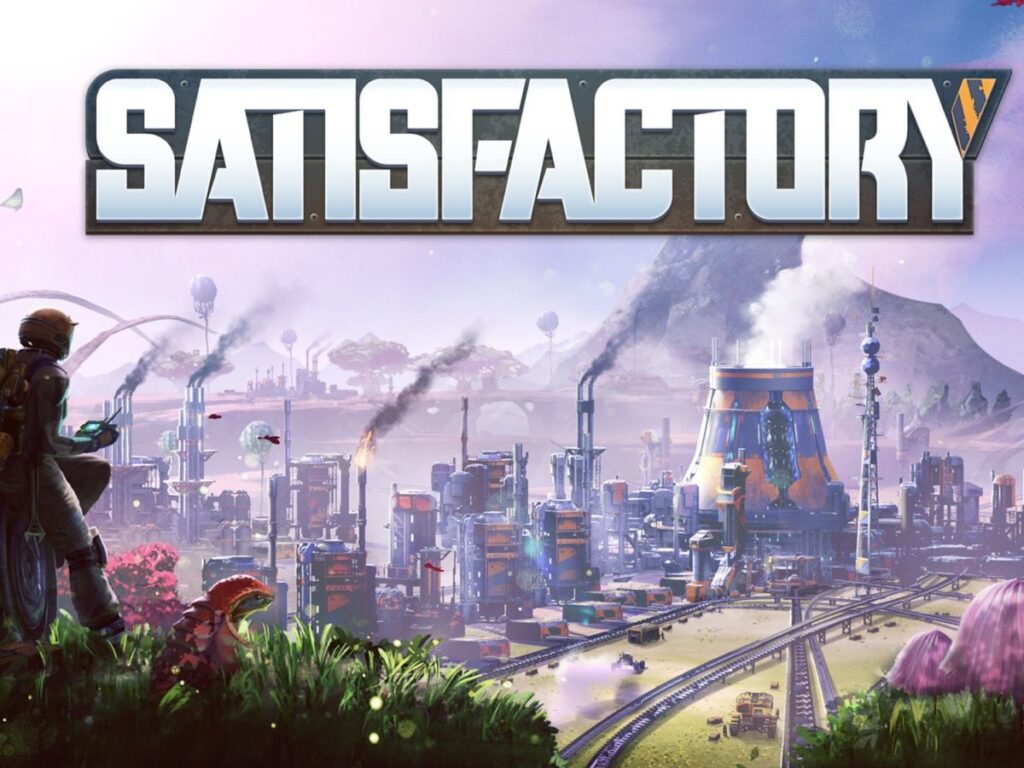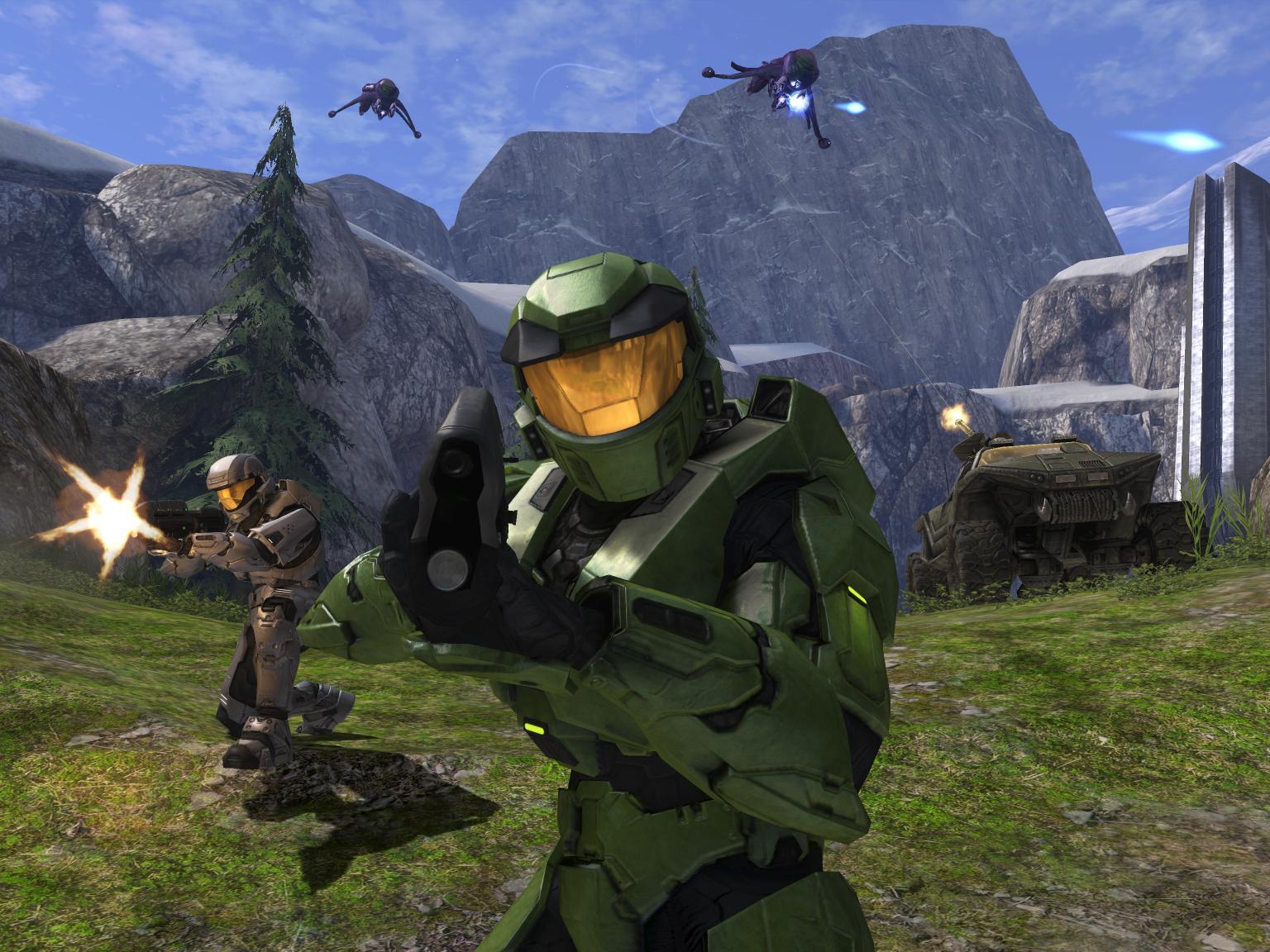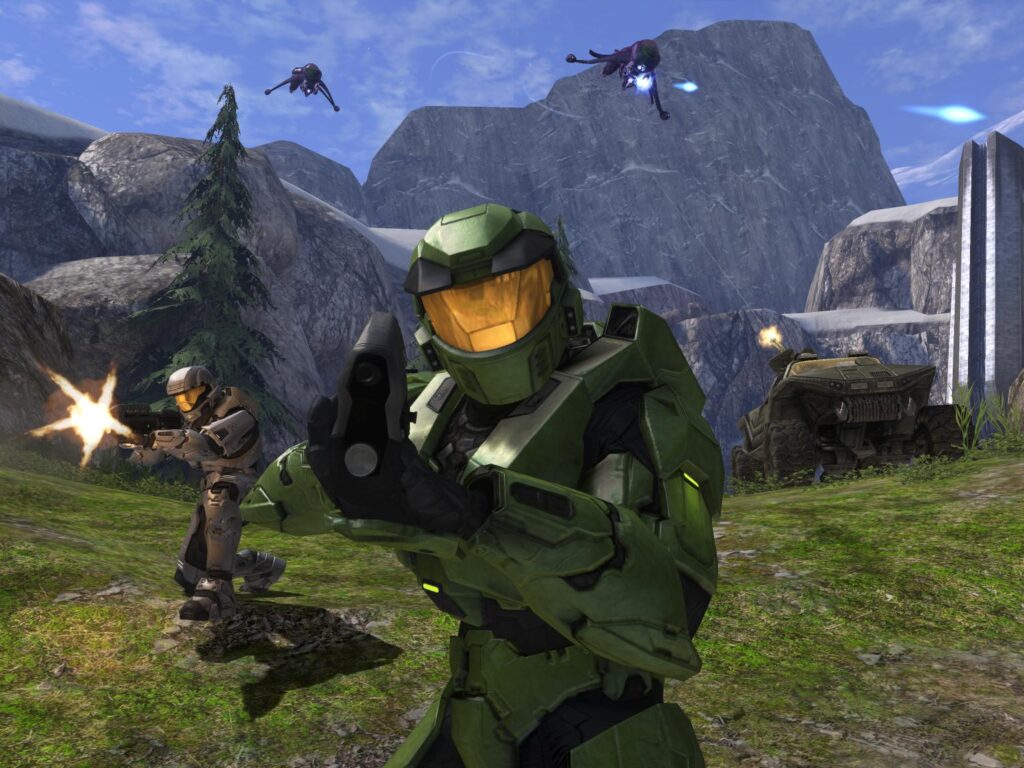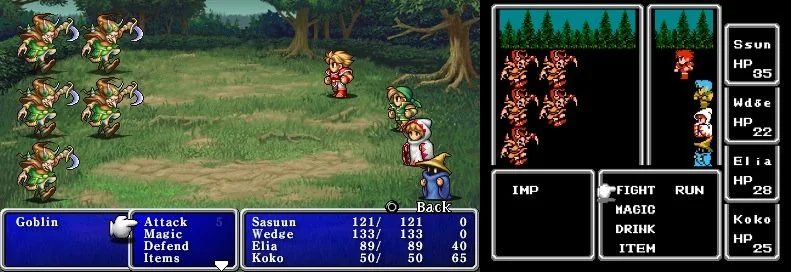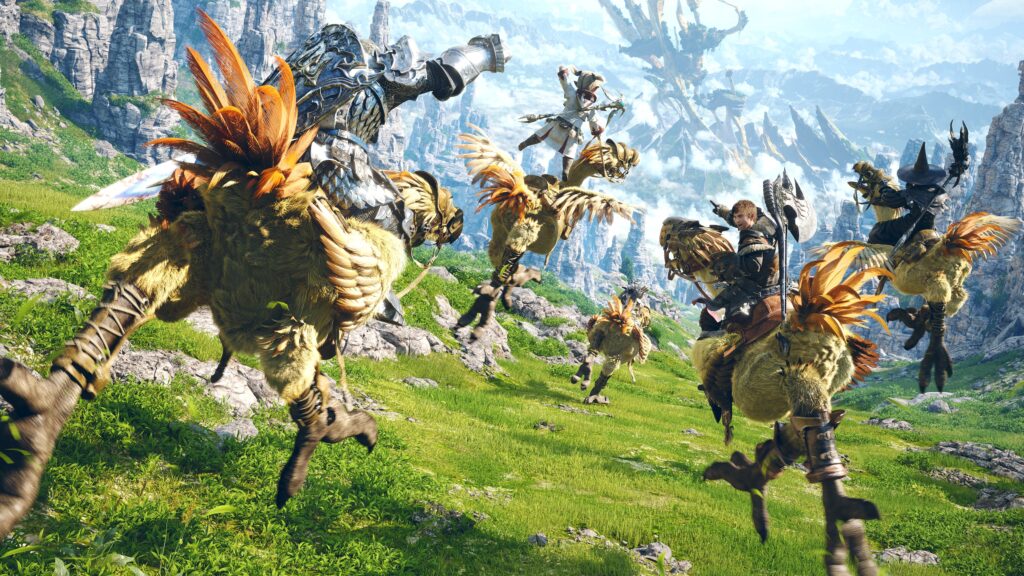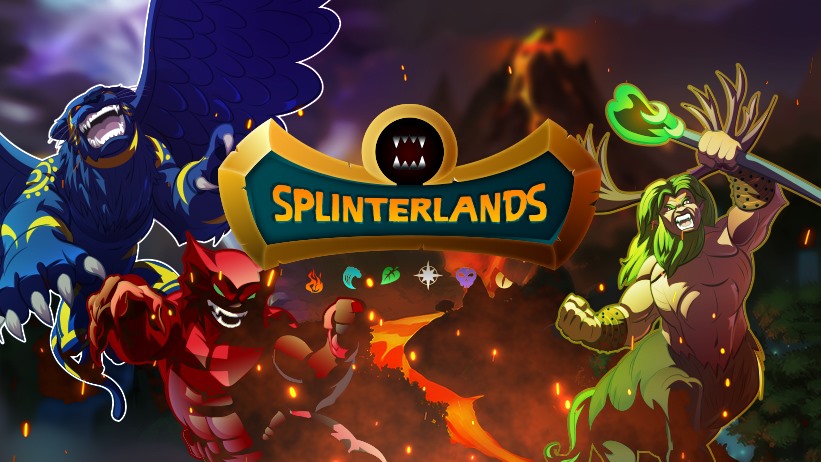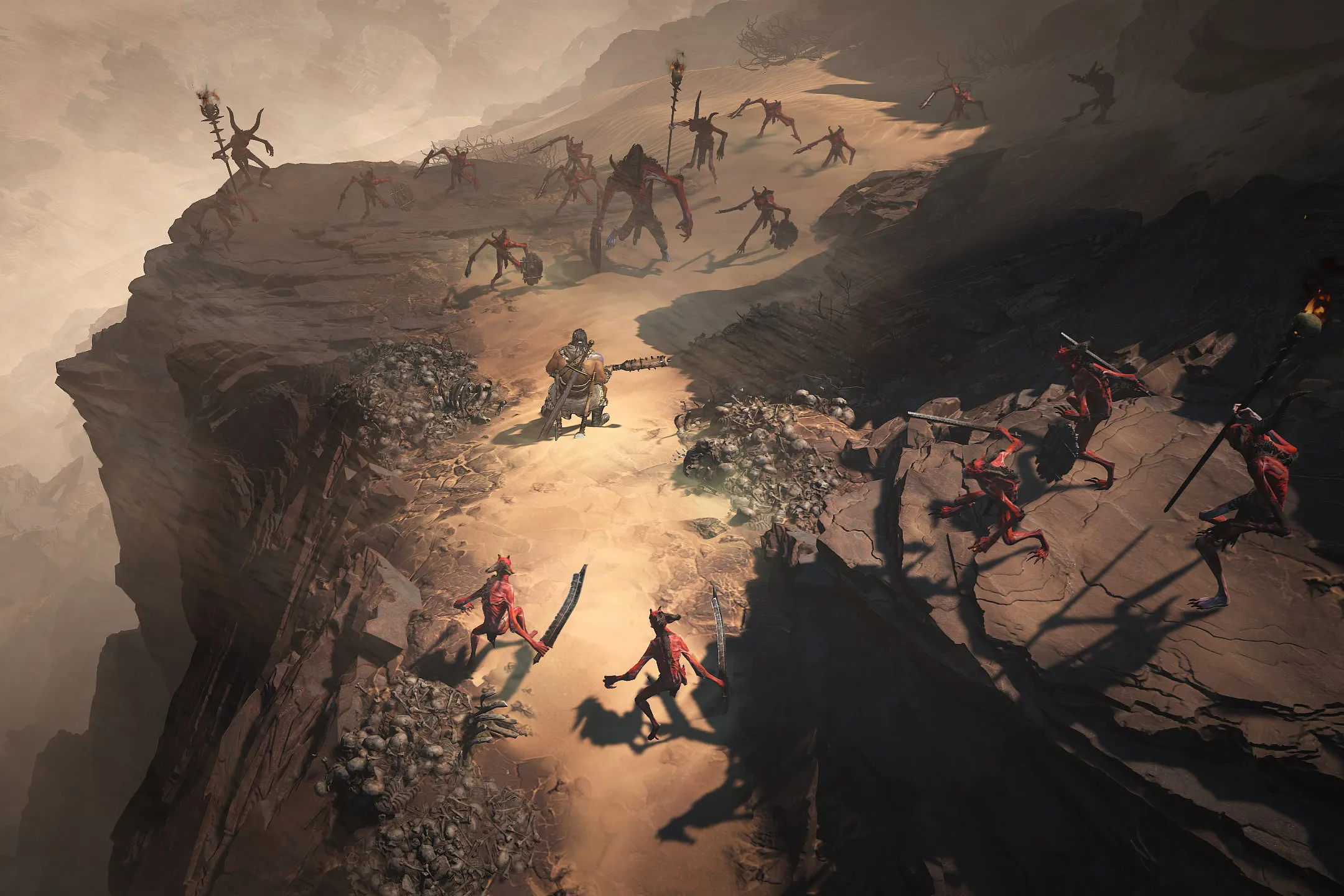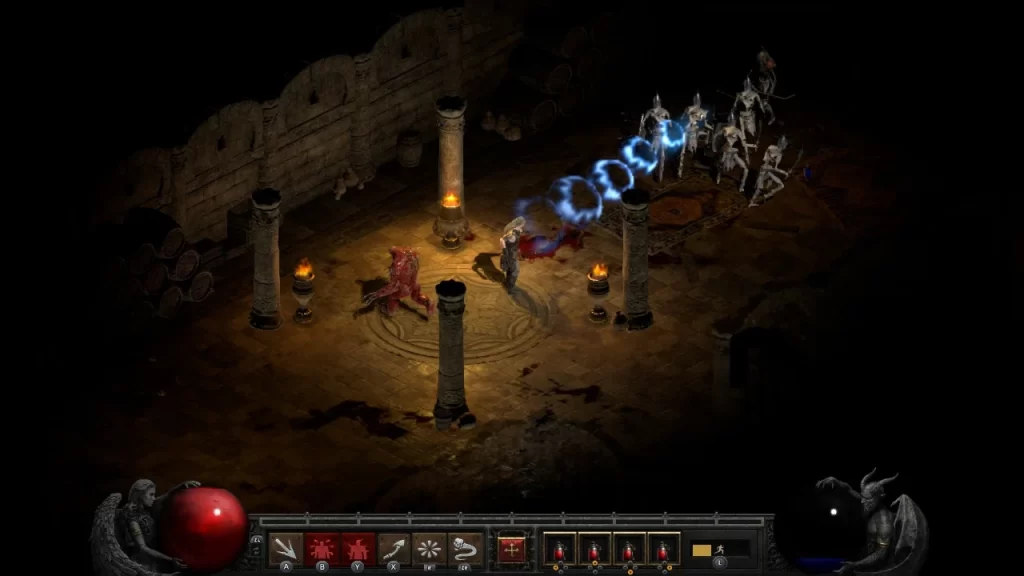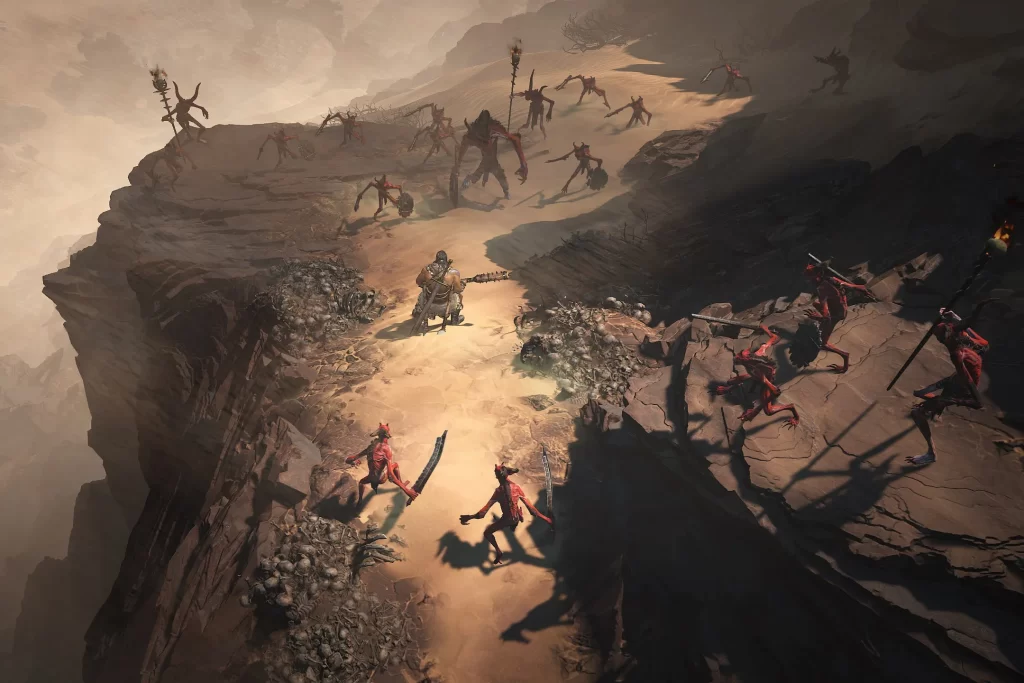Optimizing Factory Efficiency in Satisfactory: The Ultimate Guide for 2024
Welcome, factory managers! Today, we’re exploring the intricate world of Satisfactory factory efficiency. Whether you’re an experienced player looking to perfect production or a newcomer eager to learn, this guide covers the latest strategies to help you maximize your efficiency and boost productivity in 2024.
Foundations of Efficiency: Planning Your Layout
In Satisfactory, every step counts, and an efficient layout can transform your factory’s performance. Here’s how to get started:
- Map Out Production Lines: Start with a clear plan for your factory. Think vertically if space is limited, using stacked conveyors and lifts to avoid clutter.
- Organize by Resource Flow: Position related machines close together to minimize conveyor belt travel time. Group production lines by resource type—such as iron, copper, and oil—to ensure a seamless flow.
- Leave Room for Expansion: As you progress, you’ll unlock new technologies and upgrades. Design an adaptable layout with room to scale up production, especially for mid-game and late-game items like Aluminum Scrap and Turbo Fuel.
Automation Essentials: Optimize Production with Smart Logistics
With recent updates to Satisfactory, automation has become more nuanced. Here’s how to master it:
- Smart Use of Splitters and Mergers: Use splitters to balance resources evenly across multiple machines, preventing bottlenecks. Mergers allow you to streamline outputs, combining materials from different lines before moving them to storage or the next production phase.
- Use Load Balancing: With Smart Splitters and Programmable Splitters, you can direct materials based on specific needs, prioritizing high-demand lines to ensure a consistent flow of resources.
- Trains and Drones: For long-distance resource management, consider integrating trains and drones. Trains offer massive carrying capacity and efficient power use, while drones add flexibility by transporting resources to remote areas without dedicated tracks.
Power Management: Keep Your Factory Running Smoothly
Power stability is essential in Satisfactory, especially as your factory scales. Follow these updated power strategies:
- Balance Power Sources: Start with biomass burners, then transition to coal and oil as your factory expands. In mid-game, explore nuclear power for large-scale energy needs. Ensure redundancy in power production to avoid blackouts.
- Battery Storage for Peak Usage: Recent updates emphasize managing peak power. Invest in batteries to handle surges in demand, providing an energy buffer during heavy production phases.
- Monitor Power Consumption with Smart Systems: Set up smart switches to control specific production areas. These switches allow you to prioritize essential machines, cutting off non-essential ones during peak power demands.
Resource Management: Balance Inputs and Outputs
Efficient resource management is essential to avoid waste and keep production steady:
- Maintain a Balanced Production Chain: Monitor your production to ensure inputs match outputs. For instance, if you’re producing more Iron Plates than you need, redirect surplus to storage or another production line.
- Set Up Overflow Systems: Prevent waste by setting up overflow systems with smart splitters, directing extra resources to storage or other production lines.
- Optimize Storage Systems: Use storage containers and Industrial Storage to buffer resources. For essential items, prioritize efficient flow into storage to avoid production halts.
Recent Updates: Advanced Production and Quality-of-Life Enhancements
With each update, Satisfactory introduces quality-of-life enhancements. Here are some recent changes worth noting:
- New Parts and Recipes: Satisfactory recently expanded alternative recipes, allowing you to tailor production lines based on available resources. Explore alternative recipes for high-demand items like Heavy Modular Frames to save on rare materials.
- Blueprints for Easy Replication: Blueprints enable you to create templates for specific parts of your factory, making it easier to replicate efficient layouts across your setup. Use blueprints for essential setups like smelters, constructors, and assemblers.
- Quality of Life Improvements: Recent updates added the ability to copy-paste settings between machines, which can save significant time. Use this feature to speed up production line adjustments, especially for complex machines like refineries and manufacturers.
Community Tips and Resources
Connect with other players and stay updated with the latest strategies through communities and forums. For ongoing discussions, tips, and group gameplay, visit the Satisfactory group on Absurd.link (https://absurd.link/groups/satisfactory/).
By staying informed about the latest updates and integrating these strategies, you can create a smooth-running factory that adapts as the game evolves. Remember, efficiency is a continuous journey in Satisfactory, and with careful planning and optimization, your factory can become an impressive marvel of productivity.
Happy building, and see you in the factory!



